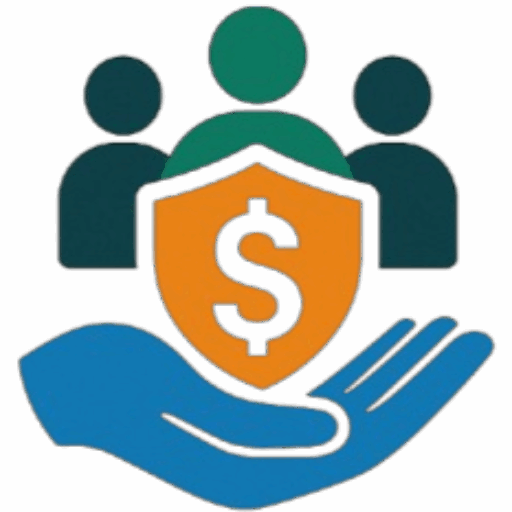Staying connected is no longer a luxury. It’s a necessity. Whether you’re applying for jobs, helping your kids with schoolwork, or managing bills online, access to the internet and a working phone can make all the difference. The good news is that there are programs and services that offer free or low-cost internet and mobile phone plans to those who qualify.
If you’re struggling to keep up with monthly bills or recently lost service, now is the time to explore what’s available. You might be surprised by how many options are out there.
Lifeline Program
The Lifeline program is one of the longest-running federal assistance programs for communication services. It provides a monthly discount on phone or internet service for eligible low-income households. In some cases, you can get both.
To qualify, your income must be at or below 135% of the federal poverty guidelines. You may also be eligible if you participate in programs like SNAP, Medicaid, SSI, or Federal Public Housing Assistance.
Once approved, you can choose from a list of participating providers in your area. Some offer free smartphones with talk, text, and data included. Others focus on home internet service. The discount is applied directly to your bill each month.
Free Government Cell Phone Providers
Several companies partner with the Lifeline program to offer free phones and service plans. These providers vary by state, but some of the most well-known include Assurance Wireless, SafeLink Wireless, and Q Link Wireless.
Plans typically include unlimited texting, a set number of voice minutes, and a data allowance. Some providers also offer hotspot capabilities or allow you to bring your own device.
Application processes are usually simple. You’ll need to provide proof of eligibility, such as a benefits letter or income documentation. Once approved, your phone is shipped directly to your home.
Discounted Internet Plans from Major Providers
Even without federal assistance, many internet service providers offer their own low-cost plans for qualifying households. These programs are designed to help families stay connected without breaking the bank.
For example, Comcast’s Internet Essentials offers affordable broadband to households with children eligible for free or reduced-price school lunch. Spectrum Internet Assist and AT&T Access have similar programs with different eligibility criteria.
These plans often include free installation, no credit checks, and the option to purchase low-cost computers. Speeds may be lower than standard plans, but they’re more than enough for basic browsing, video calls, and schoolwork.
Public Wi-Fi and Community Hotspots
If you need internet access right away and don’t have a home connection, public Wi-Fi can be a temporary solution. Libraries, community centers, and even some fast-food restaurants offer free internet access.
Many cities have also launched community hotspot programs. These provide free Wi-Fi in parks, public housing complexes, and transit stations. Some school districts lend out mobile hotspots to students for use at home.
While public Wi-Fi isn’t ideal for sensitive tasks like banking, it can help you stay connected in a pinch.
Mobile Hotspot Lending Programs
Some libraries and nonprofit organizations lend out mobile hotspots to people who need internet access at home. These devices connect to cellular networks and create a Wi-Fi signal you can use with your phone, tablet, or computer.
Borrowing periods vary, but many programs allow you to keep the device for several weeks. This can be especially helpful if you’re between jobs or waiting for a permanent internet solution.
Check with your local library or community center to see if they offer this service. Demand is often high, so it’s a good idea to call ahead or join a waitlist.
School and Student Internet Programs
If you have school-aged children, you may be eligible for additional support. Many school districts partner with internet providers to offer free or discounted service to families in need.
Some schools distribute devices like tablets or laptops along with mobile hotspots. Others provide vouchers or direct referrals to assistance programs. Reach out to your child’s school or district office to learn what’s available.
College students may also qualify for discounted internet and phone plans through their schools or student discount programs. It’s worth checking with your campus IT department or student services office.
What You’ll Need to Apply
Most programs require some form of documentation. This might include proof of income, participation in a government assistance program, or a recent utility bill. Some applications can be completed online, while others may require a phone call or in-person visit.
Having your documents ready can speed up the process. If you’re unsure what’s needed, contact the provider or program directly for guidance.
Access to the internet and a working phone should never be out of reach. Whether you’re facing a temporary setback or living on a fixed income, there are programs designed to help you stay connected.
Start by checking your eligibility for Lifeline. Then explore local providers, community resources, and school-based programs. With a little research and the right paperwork, you could be online and connected in no time.
Don’t wait until you’re completely disconnected. Take the first step today. Help is out there—and it’s meant for you.


Leave a Reply